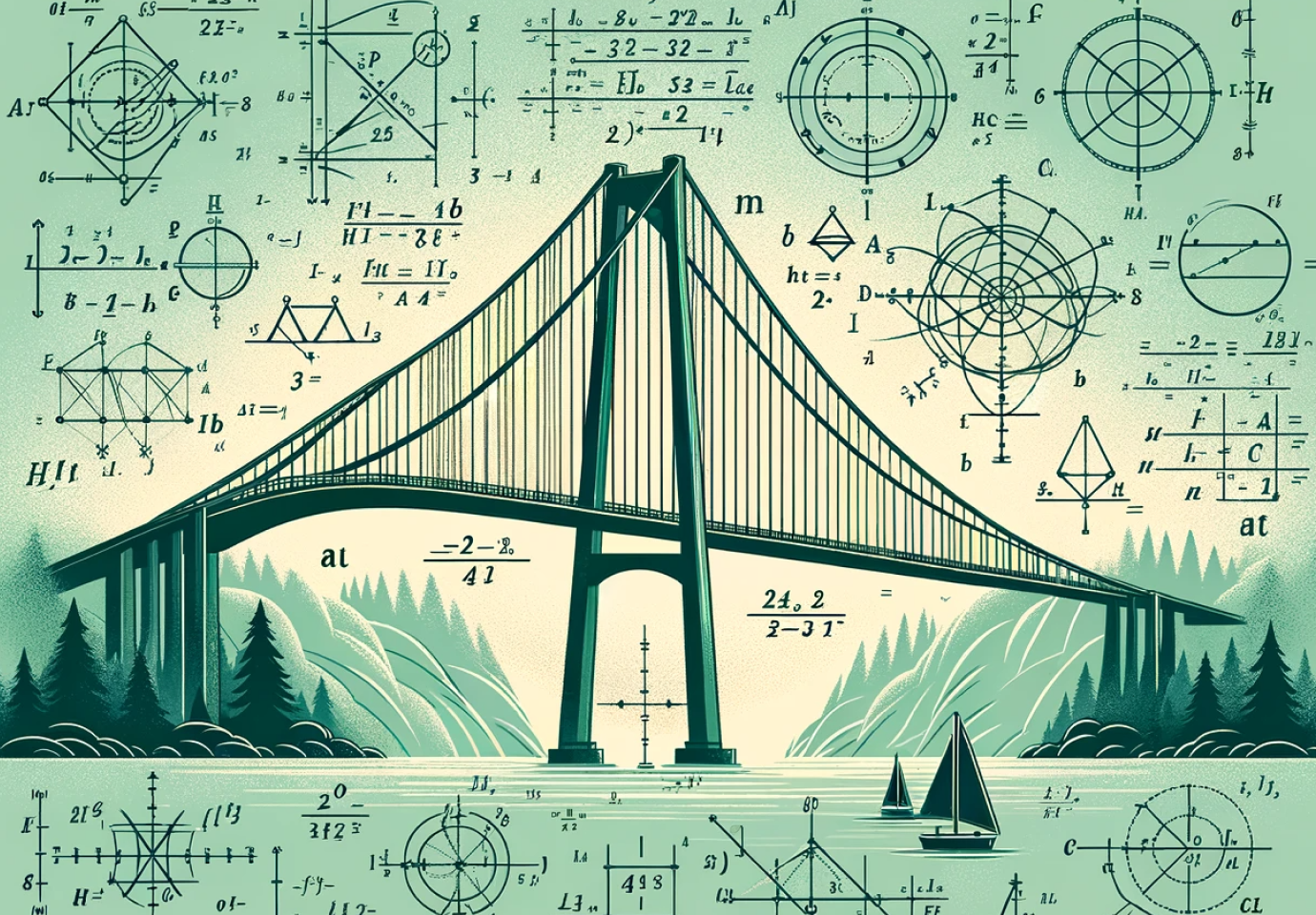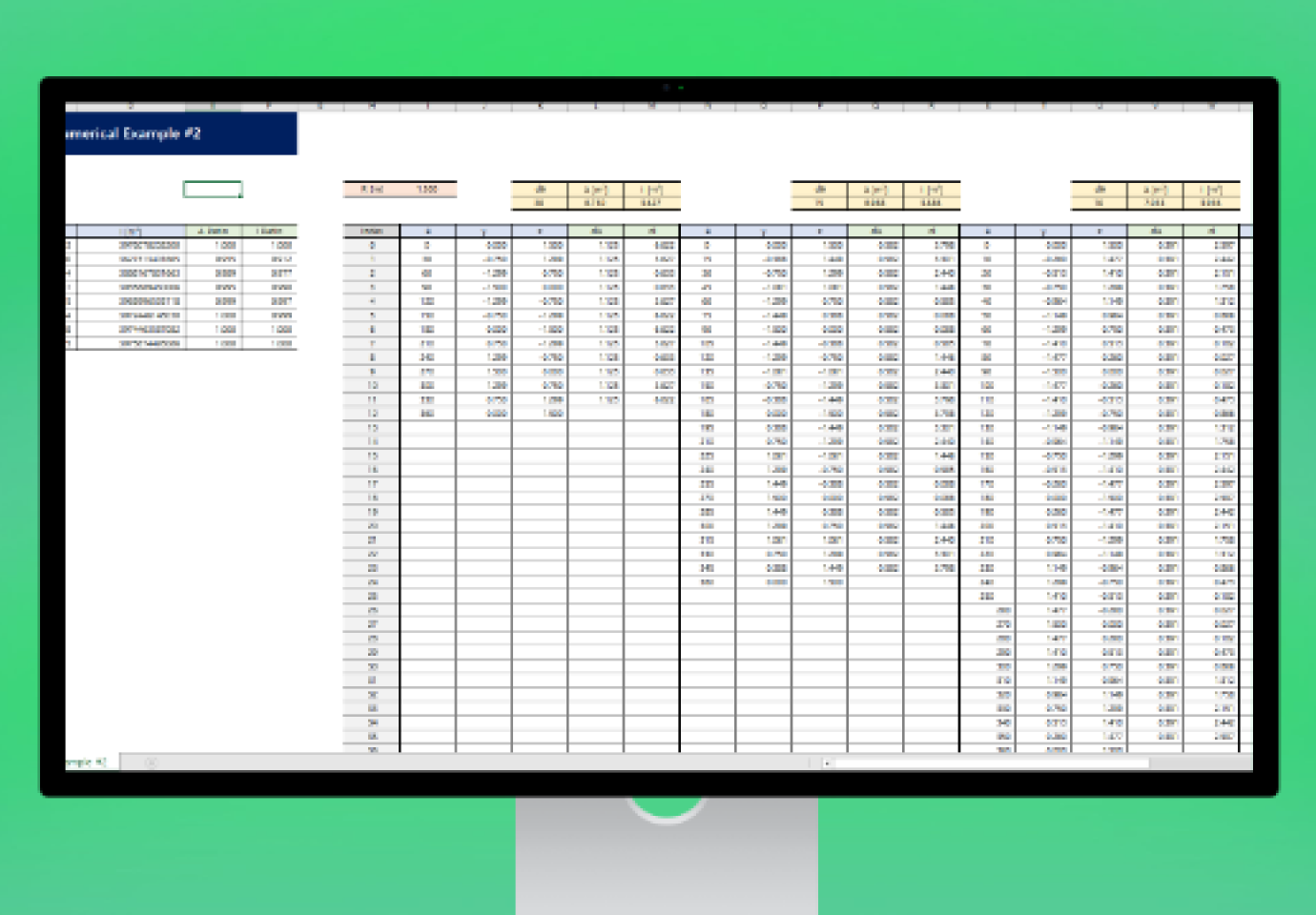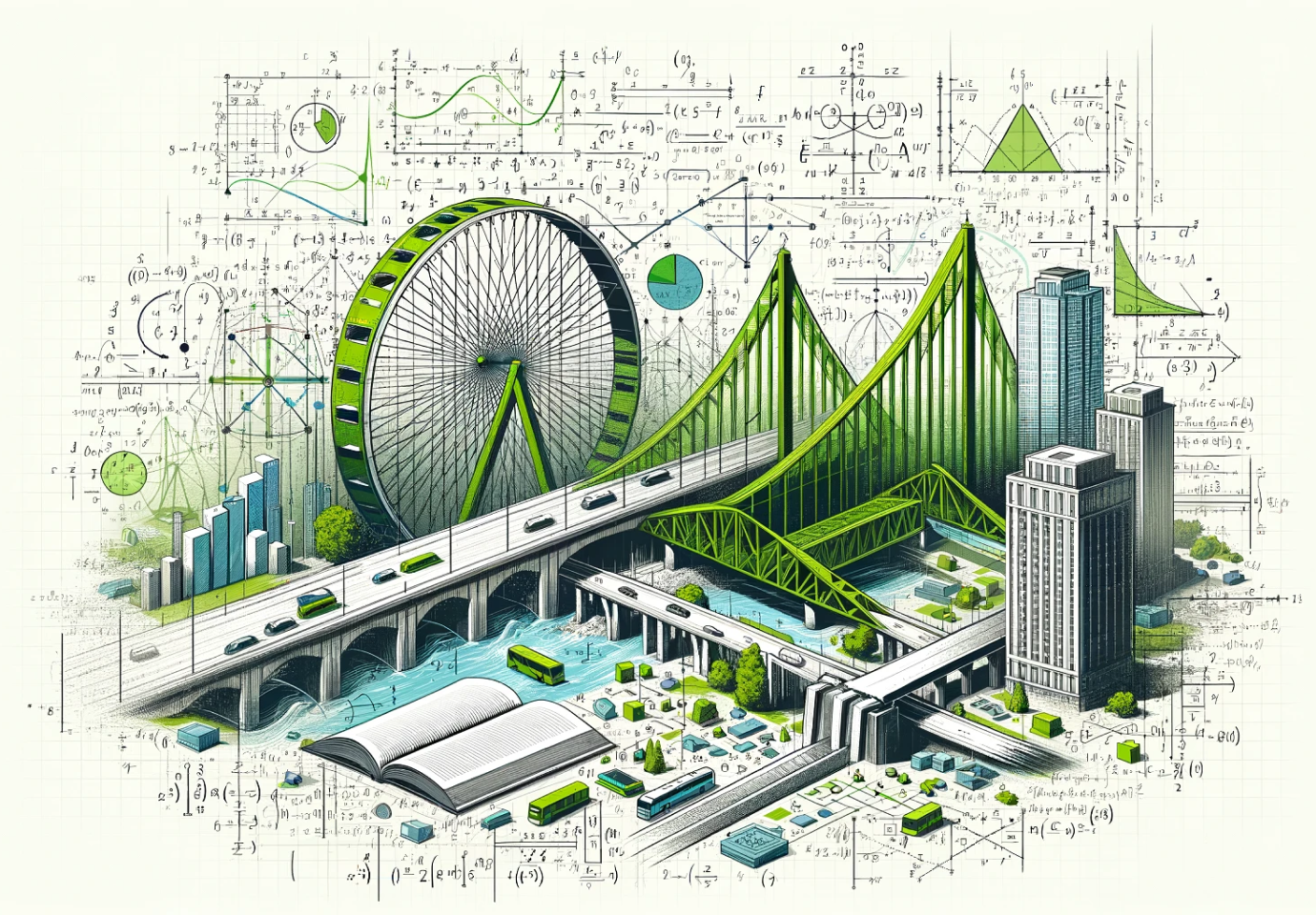Calculations based on EN 1997-1 with Graph Tracer
💡No More Guesswork!
How uncomfortable and nervous are you? When do you find values manually using a provided 2-D graph? I feel you. I always doubt myself if I guess or choose the correct value. This doubt made me apply more conservative values, and as a result, I got ineffective and uneconomic design results.
I rolled out a Graph Tracer to solve the above issues. The user only needs to input several inputs into this tool and can use the results on their report or calculation sheets. The vague values were calculated elaborately using the spline interpolation method, and the user can find the exact value in a short time.
With the Graph Tracer, I could more easily focus on the essential parts of the design because it helped me escape iterations and a confused workflow. The Graph Tracer will be released in a series, which means it will expand to provide various functions. It will simplify the work process and amplify your design professionalism. Try it now!
📈 Introduction Graph Tracer
Graph Tracer is starting to convert conventional manual work processes to digitalization. Its main purpose is to support engineers in working effectively and accurately. It began with Eurocodes; however, it will soon add international codes!
Main functions and advantages:
-
Accuracy: Calculate trusted value by using linear and spline interpolations
-
Effective: Find exact value promptly with several inputs and remove iterations
-
User-friendly: Easy to use with an intuitive interface
Applying Graph Tracer to your project will allow you to experience easy but exact ways to calculate design factors in your work process.
🏗️ Series One: Earth Pressure Coefficient: Graph Tracer
Introduction
The first series of the Graph Tracer: Earth Pressure Coefficient tool focuses on finding the active/passive soil coefficient exactly, which is the essential factor for reviewing the stability of retaining structures(e.g., gravity walls, embedded walls, composite retaining structures, etc.).
Importance to Calculate Active/Passive Soil Pressure Coefficient in Stability Review
Stability review is an essential part of the structure design and construction design process, especially soil pressure, which is considered the most important external force applied to structures. Active and passive soil pressure changes depending on the characteristics of the soil and wall movement conditions, and finding the exact value is crucial for the stability and economics of the structure.
Characteristics of EN 1997-1 Annex C Active/Passive Coefficients Figure
Annex C of EN 1997-1 provides a table of earth pressure coefficients for calculating the mobilized passive earth pressure in soils based on the log spiral theory proposed by Kerisel and Absi (1990). Kerisel and Absi assumed a log spiral failure surface to provide a more realistic description of the soil resistance mechanism and to complement the limitations of the conventional Coulomb theory due to the assumption of a straight failure surface.
This graph is designed to represent the characteristics of soil and wall traits and provide the earth pressure coefficient under various conditions. Through this graph, engineers can access the coefficient intuitively and get high accuracy simultaneously. Kerisel and Absi's EN 1997-1 Annex C coefficient graph enables the fast and exact calculation of the earth pressure coefficient in the practical design process.
The Accuracy of Log Spiral Theory; however, Uncomfortable to Determine Exact Value
EN 1997-1 Annex C coefficient graph gives high accuracy values; however, it is limited in finding exact values because it does not provide equations.
In particular, the coefficient values are expressed in a logarithmic scale, requiring complex interpretation. For inclined surfaces (β > 0), only limited charts of δ/ϕ′=0, 0.66, and 1 are provided, making it more difficult to estimate intermediate values. This may negatively impact design reliability and efficiency.
Simplify Calculate Active/Passive Earth Pressure Coefficient using Graph Tracer
Graph Tracer is the fastest and most exact find tool to determine Active(Ka) and Passive(Kp) coefficients based on EN 1997-1 Annex C. The users only need to input β, ϕ', δ values and then find trusted results. Graph Tracer eliminates estimation, ensuring design efficiency and accuracy simultaneously.
-
Horizontal Active Earth Pressure Coefficient
-
EN 1997-1, Annex C, figure C.1.1 (β = 0)
-
EN 1997-1, Annex C, figure C.1.2, C.1.3, C.1.4 (δ/ϕ conditionally different values)
-
-
Horizontal Passive Earth Pressure Coefficient
-
EN 1997-1, Annex C, figure C.2.1 (β = 0)
-
EN 1997-1, Annex C, figure C.2.2, C.2.3, C.2.4 (δ/ϕ conditionally different values)
-
🤔 How to use it?
1. Input your project parameters
Input parameters: Slope angle of the ground behind the wall(β), Angle of shearing resistance(ϕ'), Angle of shearing resistance between ground and wall (δ).
 Input parameters
Input parameters
2. Calculate the coefficient and check the graphs
Execute calculate after input parameters by clicking the "Calculate" button.
3. Check results
Result graphs and tables draw immediately including Horizontal Active(Ka)/ Passive(Kp) Earth Pressure Coefficient. Able to find coefficient depending on β condition and δ/ϕ' values.

4. Zoom-in graph and export results
The user can find detailed values using the zoom-in function. It is possible to download the file as a PNG file or attach it to the report.

Following these straightforward steps, users can quickly and accurately determine the Earth Pressure Coefficient in EN 1997-1 Annex C.
🙏 Conclusion
Graph Tracer is a design efficiency and accuracy tool. The user can get reliable results with simple parameters. Even in complex non-linear relationships, this tool finds the accurate coefficient using an automated interpolation method.
This tool allows engineers to focus on more engineering work, not a repeated and ambiguous process. It is helpful to export calculated results easily and comfortably to apply your project. The Graph Tracer suggests a new paradigm to find the earth pressure coefficient.
As a result, engineers can improve design quality and save time. Experience shifts your design work for yourself over the simple calculator.









